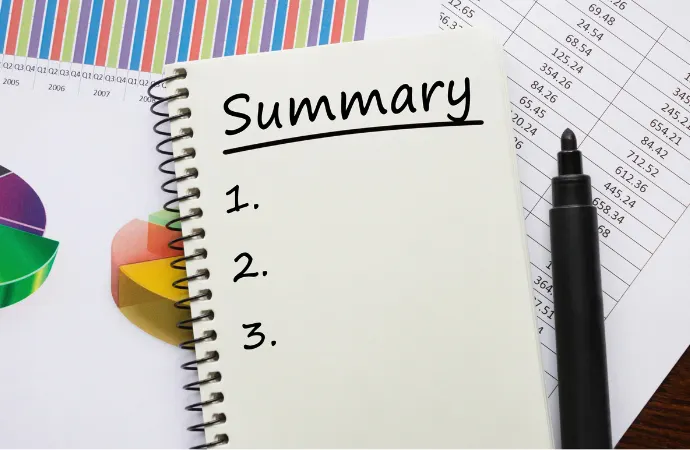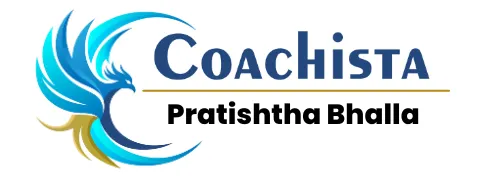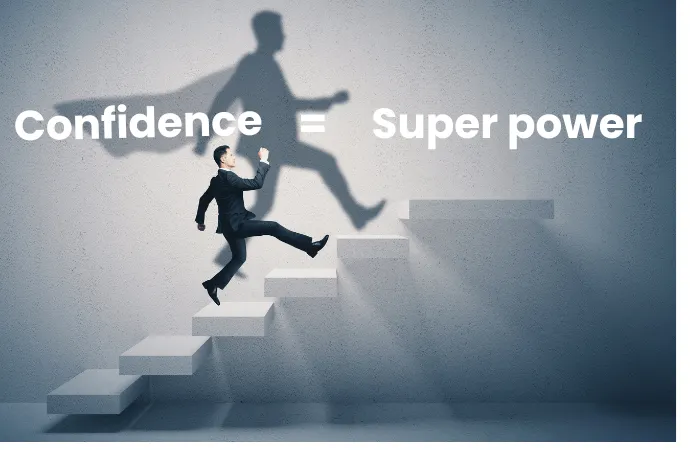7 Communication Secrets of the World's Most Influential People (Backed by Science)
By: Pratishtha Bhalla,
ICF PCC Leadership & Wellness Coach,
Founder: Coachista
The $37 Billion Communication Mistake (And How to Fix It)
Imagine losing a promotion because of one awkward "um," or a client because your crossed arms made you seem closed off. Research by SHRM shows poor communication costs businesses $37 billion annually in productivity losses and misunderstandings.
But here’s the good news: Elon Musk, Oprah, and top FBI negotiators use the same 7 science-backed techniques you’re about to learn.
The 7-38-55 Rule: Why Your Words Don’t Matter (As Much As You Think)
Psychologist Albert Mehrabian’s landmark study revealed:
- 7% of communication is your words
- 38% is tone and pacing
- 55% is body language
Translation: You can say the "right thing" and still fail if your nonverbal cues don’t match.
Hack #1: The FBI’s "Parrot Technique" – How to Make Anyone Feel Heard

Science: A University of Michigan study found mirroring language increases likability by 38%.
Real-World Example:
FBI negotiator Chris Voss used this to de-escalate crises:
- Kidnapper: "I’m not letting them go!"
- Voss: "Not letting them go?"
- Result: The kidnapper started explaining—buying time.
Your Action Plan:
- In conversations, repeat the last 3 words they said as a question.
- Them: "Work’s been insane since the merger."
- You: "Since the merger?"
- Watch them unconsciously open up.
Pro Tip: Works best with emotional statements ("I’m overwhelmed" → "Overwhelmed?").
Hack #2: The "Eyebrow Flash" – Taylor Swift’s Charisma Hack

Science: Oxford research shows a 0.2-second eyebrow raise triggers subconscious trust.
Celebrity Case Study:
Taylor Swift uses this during concerts to create "fan intimacy" moments.
Try It Today:
- When greeting someone, quickly raise your eyebrows + smile.
- Hold for 0.2 seconds (longer feels creepy).
- "Wait, did we just become best friends?" – Their brain
Bonus: On Zoom, this reduces "video call fatigue" by 19% (Stanford).
Hack #3: The Compliment Sandwich – How to Criticize Without Offending

Ever had to give someone tough feedback and felt nervous it might offend them or shut them down? That’s where the Compliment Sandwich comes in—a simple but powerful communication tool that helps you offer correction without creating conflict.
Netflix used this approach in their manager training and saw a 22% drop in team turnover. Why? Because people felt heard, respected, and motivated to improve.
Here’s the framework:
- Top Bun (Praise): Start with genuine appreciation.
- “Your presentation slides were visually stunning.”
- Patty (Feedback): Insert the constructive suggestion.
- “Let’s tighten the data analysis next time.”
- Bottom Bun (Encouragement): End with reinforcement.
- “You’re one of our best storytellers!”
Backed by Cornell research, this method reduces defensiveness by 67% compared to blunt feedback. It keeps the nervous system calm, the ego intact, and the message received.
The key? Authenticity. Don’t fake praise—feel it. When done right, this simple sandwich doesn’t sugarcoat—it strengthens.
Hack #4: FORD Over BORED – The Ultimate Small Talk Framework

Small talk doesn’t have to feel awkward, forced, or... boring. The next time you're stuck in an elevator, at a networking event, or on a first coaching call—use the FORD method to steer the conversation like a pro.
Think of FORD as the engine that keeps your chat moving:
- F – Family
- O – Occupation
- R – Recreation
- D – Dreams
These topics are naturally engaging, emotionally safe, and create space for authentic connection.
Now, avoid stalling the conversation with BORED topics—those emotional potholes that can derail rapport:
- B – Boss complaints
- O – Offensive jokes
- R – Religion (deep debates)
- E – Exes
- D – Debt
💡 Pro Tip: When someone shares something personal, gently say, “Tell me more about that.” It’s a simple phrase that shows genuine curiosity and keeps the dialogue flowing.
Whether you're coaching, networking, or connecting socially, FORD turns small talk into meaningful exchange. Try it—you might be surprised how quickly people open up.
Hack #5: Steve Jobs’ "Power Pause" – How to Sound 10x Smarter

Want to sound more intelligent, credible, and magnetic—without saying a single extra word? Use the “Power Pause,” a technique famously used by Steve Jobs and top TED speakers.
Researchers analyzing over 1,000 TED Talks found that top-rated speakers paused 3.5x more often than average ones. Why? Because silence, when used intentionally, adds weight to your words and signals confidence.
Here’s how to use it:
- Before key points:
- “Here’s what matters most… [pause]”
- After important questions:
- “That’s a great question… [pause]”
This tiny shift gives your listener space to process—and positions you as someone worth listening to.
✨ Try it now: Record yourself speaking. Replace filler words like “um” or “you know” with a gentle smile and a 2-second pause. Notice how grounded and compelling you suddenly sound.
The Power Pause isn’t about talking more—it’s about talking smarter. And sometimes, the most powerful message… lives in the silence between your words.
Hack #6: Zoom Body Language Hacks –How to Command Attention Remotely

Think your words do all the talking on Zoom? Think again.
According to MIT research, 93% of virtual miscommunication comes from nonverbal cues—not what you say, but how you appear while saying it.
Here’s how to instantly boost your presence and influence on any virtual call:
- Camera at eye level = Authority
- Looking down weakens your presence. Raise your laptop or webcam to eye level for instant credibility.
- Slight lean-in = Engagement
- A subtle lean forward shows you're present, interested, and attentive.
- Hand gestures = 42% more persuasive
- (Source: Body Language Lab) Don’t be afraid to let your hands speak—just keep them within frame.
💡 Celebrity Case Study:
Sheryl Sandberg’s signature “lean in” posture and eye-level framing helped position her as a confident, empathetic leader—even through a screen.
Your body speaks before your voice ever does. So next time you're coaching, pitching, or presenting—adjust your frame, lean in slightly, and let your posture lead the conversation.
Hack #7: The 3-Word Close – How to Make Any Conversation Memorable

Want to leave a lasting impression in meetings, coaching sessions, or sales calls? Master the art of the 3-Word Close—a simple but powerful way to summarize and anchor agreement.
Take this example: A startup founder landed $1 million in funding by ending their pitch with just one powerful line:
“So we agree on vision, timeline, and budget?”
The investor smiled, nodded, and signed.
Why does it work so well?
According to research from MIT, 3-word summaries boost memory retention by 44%. That’s because the brain craves clarity and structure. When you distill a complex conversation into three focused words, you’re not only reinforcing alignment—you’re creating a “mental sticky note” that lingers long after the call ends.
Try this:
- End client calls with:
- “Clarity, confidence, next steps?”
- Close coaching sessions with:
- “Insight, action, accountability?”
This technique is disarmingly simple, but it communicates authority, focus, and leadership in just seconds.
Your 7-Day Communication Challenge
Day 1: Use the Parrot Technique with a coworker.
Day 2: Eyebrow flash 3 strangers.
Day 3: Give a Compliment Sandwich.
Day 4: Try FORD at lunch.
Day 5: Pause 2 seconds in emails.
Day 6: Adjust your Zoom posture.
Day 7: Close a chat with a 3-word summary.
- "Want confidence to match these skills? Read "5 Science-Backed Ways to Boost Confidence."
- "Bookmark this guide. Share one hack with your team. And watch how quickly people start calling you ‘a natural.’"








